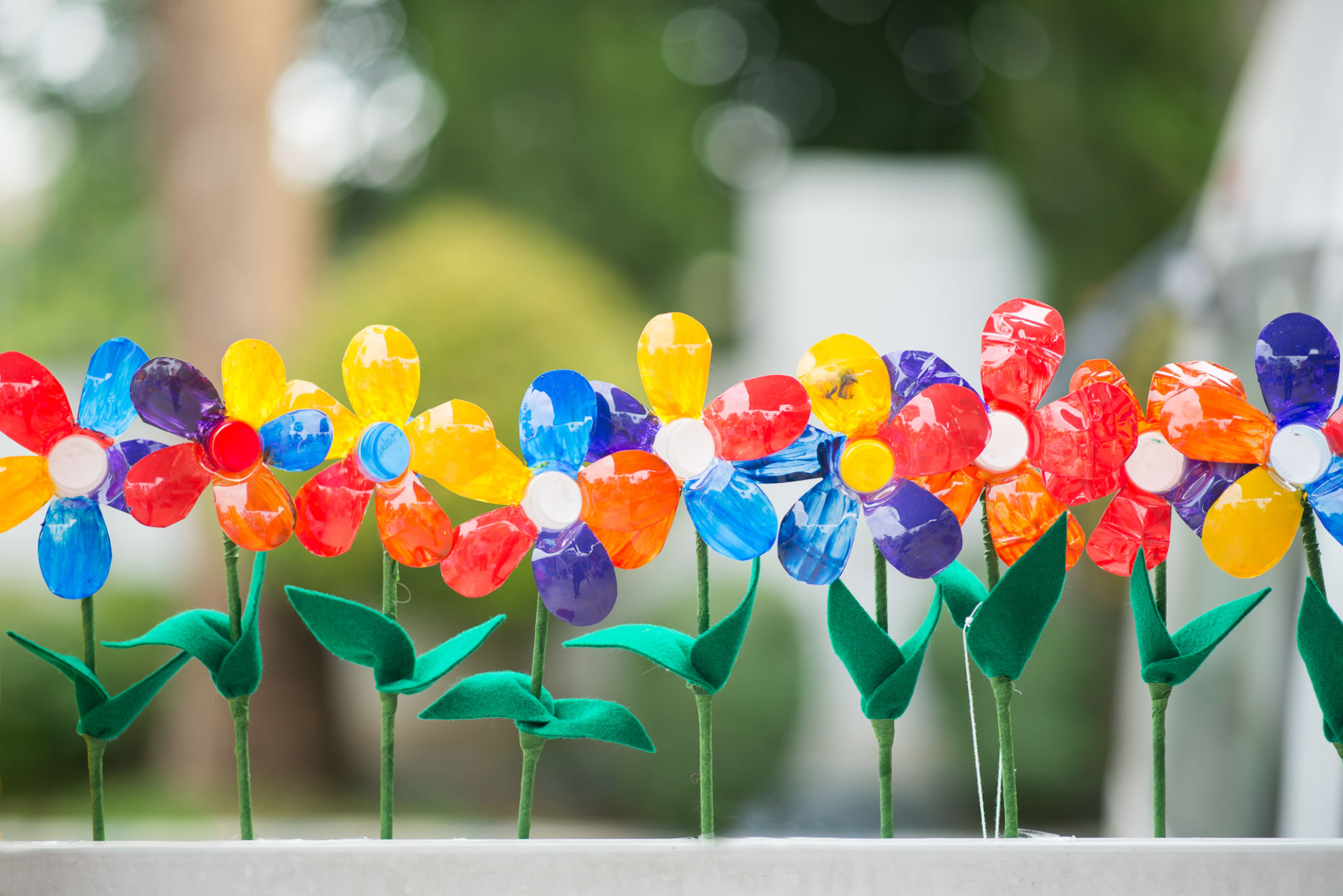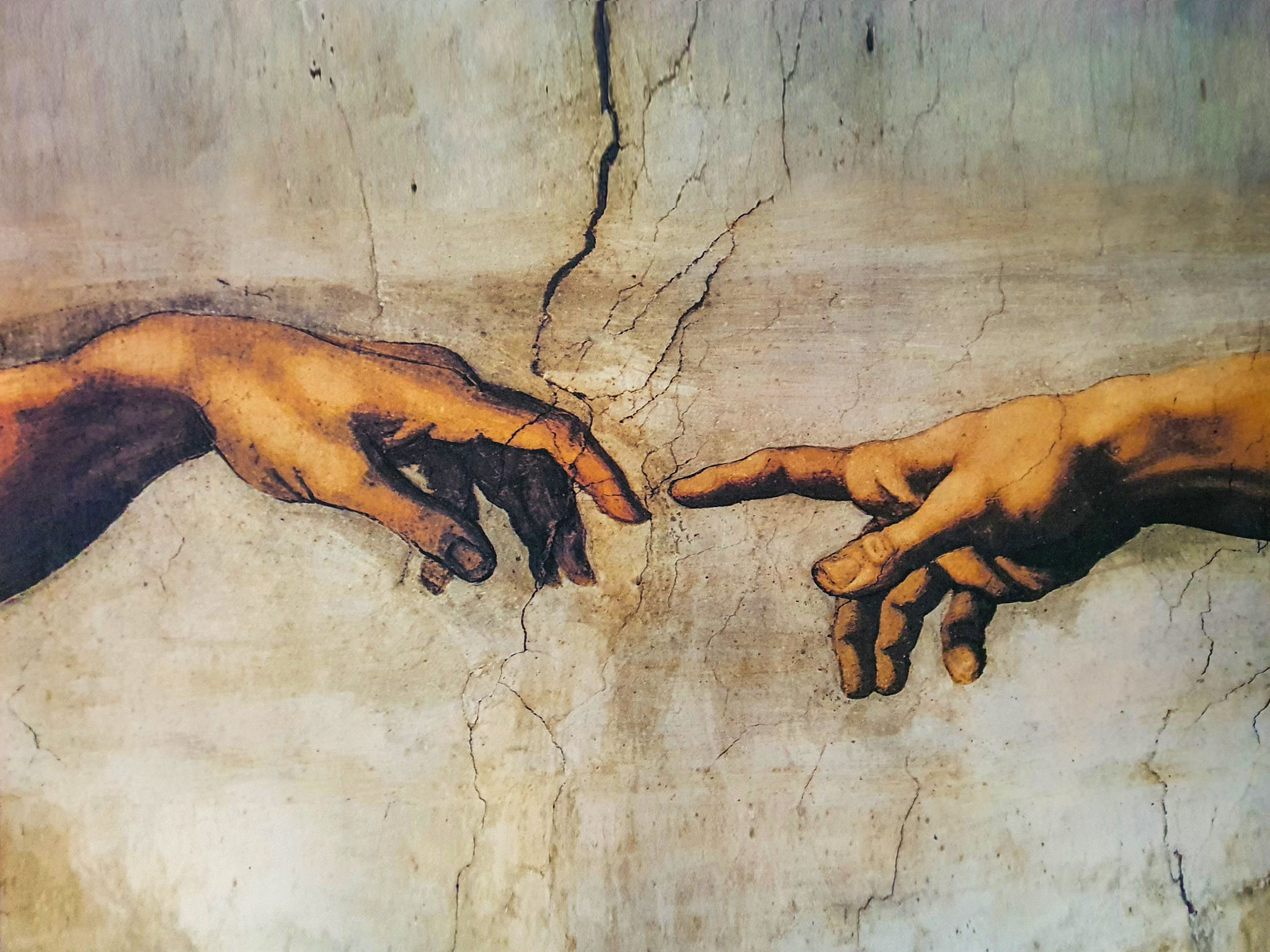The Artistic Journey: From Waste to EcoPassion Sculptures
An Unexpected Medium: The Rise of EcoPassion Sculptures
In a world increasingly conscious of the environmental impact of waste, artists are discovering innovative ways to transform discarded materials into something remarkable. Enter the world of EcoPassion sculptures, where the discarded becomes the adored, and waste metamorphoses into art. This movement is not just about aesthetics; it's a profound statement on sustainability and creativity.
EcoPassion sculptures are a testament to the adage that one person's trash is another's treasure. Artists are using their creativity to repurpose materials like plastic, metal, and glass into stunning works of art. These sculptures not only captivate the eye but also inspire viewers to think about sustainability and the lifecycle of materials.

The Creative Process: From Concept to Creation
The journey of creating an EcoPassion sculpture begins with a concept. Artists often draw inspiration from nature, societal issues, or personal experiences. Once a concept is solidified, the next step involves sourcing materials. This can be an adventurous process, as artists scour recycling centers, scrapyards, and even roadside debris for usable items.
After gathering materials, artists embark on the meticulous task of assembling their sculptures. This process often involves cutting, welding, and shaping components to fit the envisioned design. The transformation from mundane waste to a captivating sculpture requires not only skill but also a significant amount of patience and passion.

Impact on Communities and the Environment
EcoPassion sculptures do more than decorate spaces; they serve as educational tools and catalysts for change. Many artists engage with communities through workshops and exhibitions, teaching individuals about the importance of recycling and creative reuse. These interactions foster a culture of sustainability and environmental stewardship.
The environmental impact of this art form cannot be understated. By repurposing waste materials, artists significantly reduce the amount of waste that ends up in landfills. This practice not only conserves resources but also encourages industries to consider more sustainable manufacturing practices.

Challenges and Triumphs in EcoPassion Artistry
While the creation of EcoPassion sculptures is rewarding, it comes with its set of challenges. Finding suitable materials can be difficult, and working with unconventional mediums often requires artists to innovate new techniques. Additionally, there is the constant need to educate audiences on the value and significance of this art form.
Despite these challenges, the triumphs are numerous. Artists not only gain recognition for their unique creations but also contribute positively to environmental awareness. Their work inspires others to see waste in a new light and encourages broader societal shifts toward sustainability.
The Future of EcoPassion Sculptures
The future of EcoPassion sculptures looks promising as more artists join the movement and audiences become increasingly receptive to eco-friendly art. With growing awareness about environmental issues, these sculptures serve as powerful reminders of our collective responsibility to protect the planet.
In conclusion, EcoPassion sculptures represent a remarkable fusion of art and environmentalism. They challenge us to rethink our relationship with waste and inspire us to envision a more sustainable future. Through creativity and innovation, these artists are not only shaping materials but also shaping minds.
